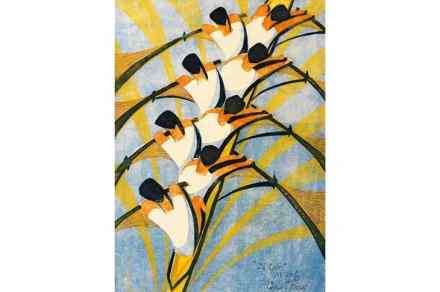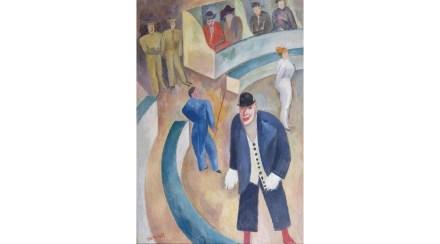Bright, beautiful and deceptively simple: the art of the linocut
In the 1920s the linocut broke out of the schoolroom and on to gallery walls. Here was a democratic new art form, perfect for the times with its lowly materials — a piece of old linoleum flooring for the block, while the best tools, according to the artist Claude Flight, were an old umbrella spoke for cutting and a toothbrush to rub the back of the paper. The finished prints, Flight hoped, would be cheap enough for working-class pockets. Above all, the bright, dynamic images themselves, often depicting scenes of contemporary life — busy streets, the London Underground, skating, the first motor races — captured the mood of the age.



